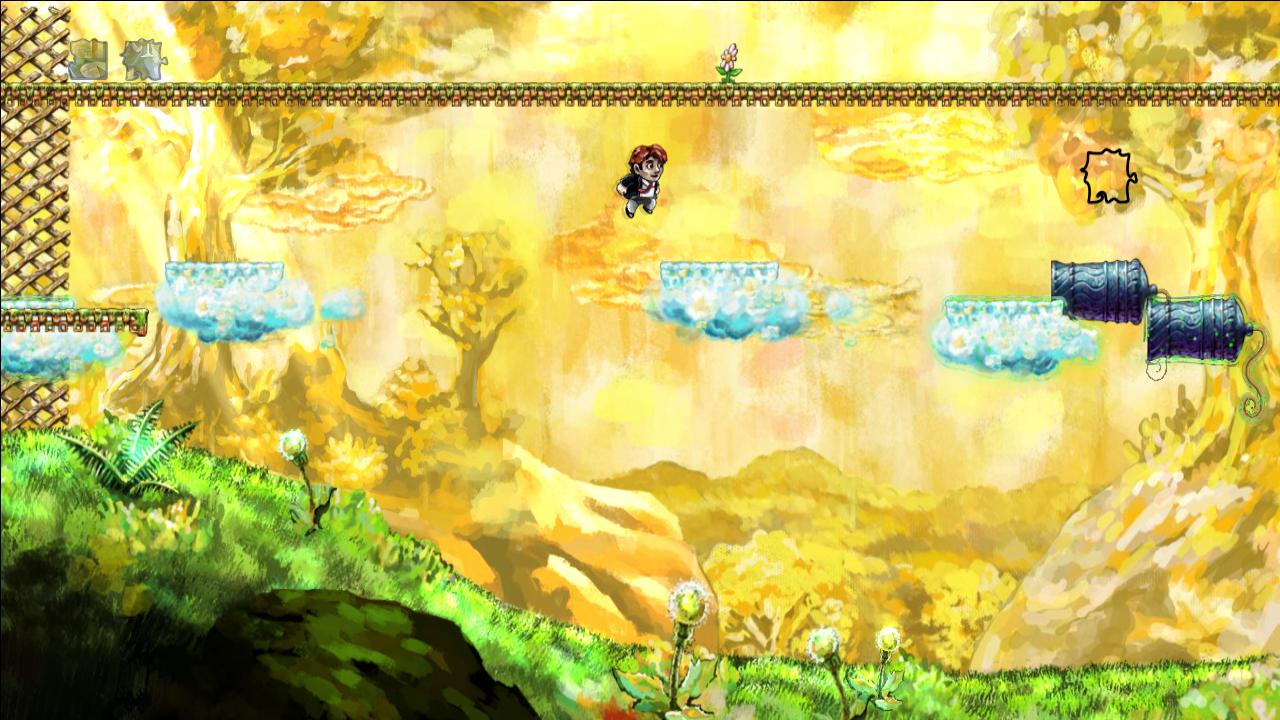I have changed a few bits in the overall layout of the paper.
I have also created an updated my project plan (Old one can be found in this blog post here)showing the areas that I am looking at and how it all ties together (see image below).
I have added an area where I do traditional art and game art analysis; looking at Emotionalism aesthetic theory and how it ties together with brushstrokes visible on a canvas and how these marks not only connects the viewer and the artist but at the same time can contribute to the overall composition of the image. For example like guide the viewer’s eye around the canvas (see image below).
Van Gogh, V. 1889. Starry night. [online image]. Available from: http://en.wikipedia.org/wiki/File:VanGogh-starry_night_ballance1.jpg [Accessed 19 April 2014]
Also been looking about composition in games and so far Botanicula (2012) seem to be performing best (see image below).
Amanita Design. 2012. Botanicula. Microsoft Windows. Amanita Design & Daedalic Entertainment
A spore is spawned repeatedly on the top left-hand corner and is used to deliver a golden key (seen in the picture) to a spot in front of the characters on the bottom right-hand corner. Also the big brown mushroom on the top left-hand corner seems to 'balance' the characters standing at the bottom right-hand corner of the screen. There is also a light coloured white mushroom mirroring the big dark one.
Machinarium (2009) also have some composition elements. It seem to use primarily Golden Cut (see image below).
Amanita Design. 2009. Machinarium. Microsoft Windows. Amanita Design & Daedalic Entertainment
There is a lot action happening around the Golden Cut intersection. For example in this scene the main character Josef is in fiddling with the ventilation system/fan. Also tone wise the dark left-hand side is balanced by the light sky area on the right-hand side. The tower seen in the background is also going straight through the middle of screen.
Another area I am investigating is colour and I think there are some interesting examples how colour can make an asset stand out from the background (see image below).
Number None, Inc. 2009. Braid. Microsoft Windows. Number None, Inc
I think in Braid (2008) World 1, the clouds stand out well from the background because of the complementary colour use: yellow-orange (sky, background) is an opposite of blue-green (the interactable cloud platforms).
My supervisor has also suggested that in my dissertation I should talk about the experience of digital painting and how it is different from traditional painting.
I had also had a look at Walter Benjamin book 'The work of art in the age of its technological reproducibility'* as well as Grahame Sullivan book 'Art Practice As Research'**.
B. Walters although talks about printing of artworks and other ways of their mechanical reproduction do related to the Emotionalism aesthetics theory. G. Sullivan’s book was not as useful as I have thought. I did not have too much time to have a really close look at it so perhaps I have missed something. Sadly time is running out fast and I still have many things left to complete before submissions.
I really want to have my dissertation finished by 24th of April because that day I will be going to a library to get help with formatting, referencing and some other things related to dealing with long documents.
On a side note, this Thursday I have went to the Pixel Pushers exhibition at Hannah Maclure Centre and then attended Ian McQue's Masterclass. It was really interesting and I was hoping to get some insights or something really relevant to my project but I feel it was not worth the time as much as I have hoped. I think Jolomo Awards exhibition at HMC earlier this year was more useful.
* Benjamin, W.2008.The work of art in the age of its technological reproducibility and other writings on media.London: The Belknap Press
** Sullivan, G. 2010. Art practice as research : inquiry in visual arts. 2nd ed. London : SAGE





No comments:
Post a Comment